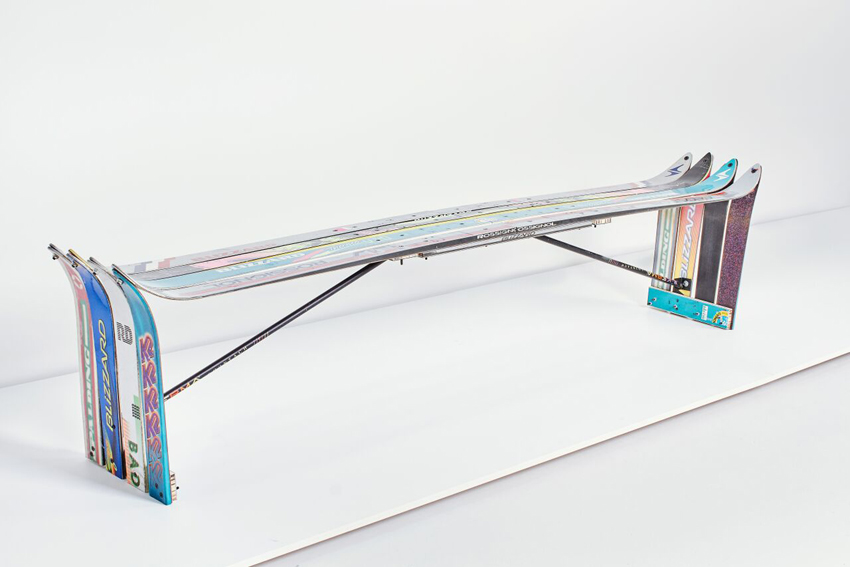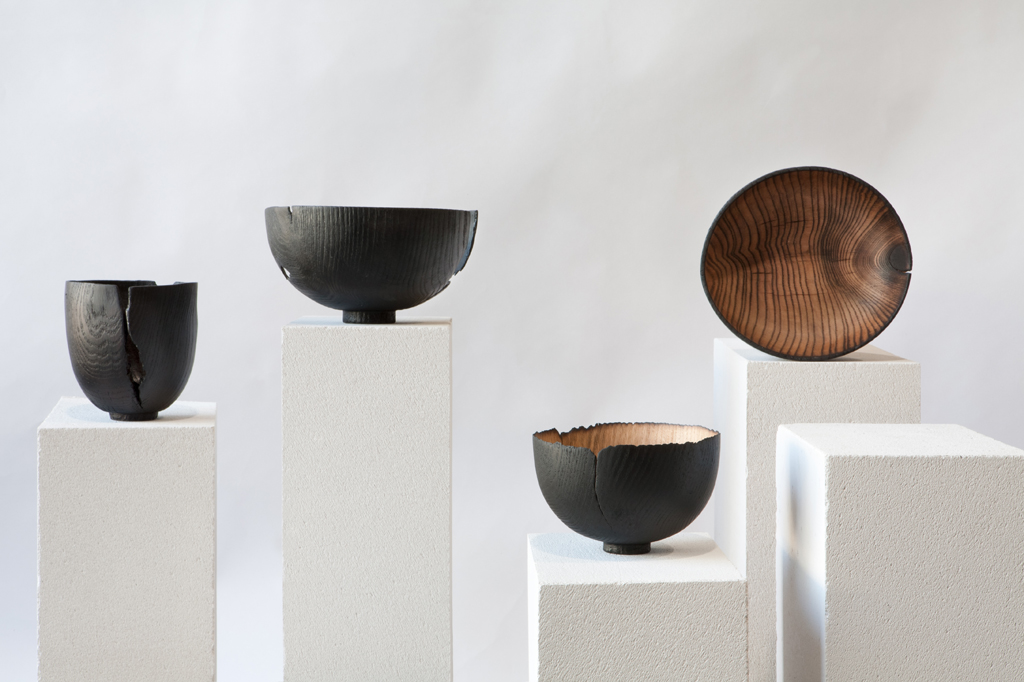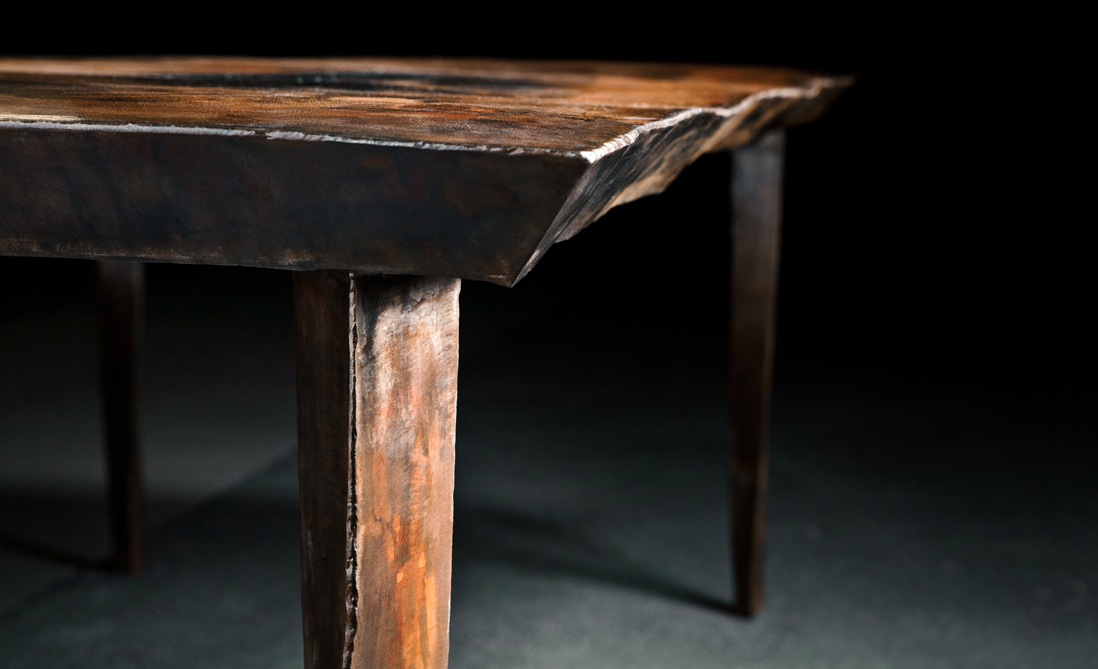
The power of collaboration in product design
The power of collaboration in product design
Share
Meet three designers who work separately yet together. It’s a smart move to pool knowledge and resources when you’re making your way in the world of product design and Michael Gittings, Jonathan Ben-Tovim and Makiko Ryujin are leading the way through their talent and collaboration.
These days collaboration in design is approached as a meaningful and rewarding endeavour. Going solo can be a lonely existence, but working alongside like-minded colleagues who inhabit the same multifaceted world lightens the load and shares the challenges. In Melbourne’s northern suburbs there are three such designers who have singularly established themselves in very different areas of product design, but together they work and support each other reaping the rewards of their partnership.
Michael Gittings, Jonathan Ben-Tovim and Makiko Ryujin share a studio and workspace in Fawkner alongside a variety of panel beaters and paint shops. They moved to the area as it could offer a larger and more affordable space for their labours and in doing so they have found strength and gained knowledge from each other.
Gittings is a furniture and object maker and manufacturer with a difference – he is obsessed with electroplating. Ben-Tovim is an industrial designer who is interested in stretching his creativity designing bespoke objects, while Ryujin is a photographer also fascinated by woodturning and fire.

Off Piste Bench by Jonathan Ben-Tovim
These are three very different types of product designers, but each is passionate, almost eccentric, about their respective artistic form. The threads that link them are authenticity, a love of sustainability and the ideas of reuse and reinvention. Each of the designers reuses materials, whether a vat of copper sulphate, discarded lumps of wood or broken car panels, and each has their own story to tell. However, the knowledge that they have gained over the years is shared to help each other, whether through the understanding of CAD (computer aided design), the intricacies of process and structure or photography of finished products.
With a trade background Gittings followed his heart and became a designer of furniture working with metal. He has fabricated chairs, tables, chaise longues and cabinets, but the point of difference is his electroplated finishes. Through trial and error, he has developed a procedure that requires the framework of spray-painted products to be dipped into a tank of copper sulphate liquid and, as the copper adheres to the structures, it manifests in different ways, coating the framework in a smooth or rough finish depending on the requirement.
Gittings also plaits and weaves metal for the seats and backs of lounges, working beautiful patterns into the metal, while his chairs become objects that present a gnarled and bubbly coating over the simple frames. Ben-Tovim, on the other hand, has created many bespoke and individual items that include a set of ethereal lights displayed at Melbourne Design Week this year. At first glance, the lights appear to be made from black glass; however, nothing could be further from the truth. For his material Ben-Tovim has sourced bent and discarded car panels that he cuts to a size, beats into shape, then strips and paints in a high gloss finish. Each metal panel becomes an undulating, floating over-garment for a light fitting and is certainly unique. He has also made benches from used snow skis; however, lighting is his main focus.

Shinki by Makiko Ryujin
For Ryujin the beauty of timber and its secrets are a fascination. Her section of the studio is crammed with timber offcuts and tree stumps of all sizes and shapes ready to be turned into delicate bowls. Again presenting a collection for Melbourne Design Week, Ryujin created bowls that are turned to perfection, but were then fired and charred. Through this process the bowls crack and break, morphing into delicate and individual objects of great beauty that are so much more than turned wood.
All three makers have a process that they adhere to; however, it is the act of making and the material that is used that ensures each object is different. Gittings cannot predict or replicate exactly how the copper will adhere, Ben-Tovim can only imagine the section of the panel to be pounded into shape for his pendant light and Ryujin can only control the fire to a point and then the wood grain decides which areas will crack and shatter.

Stainless Steel Table by Michael Gittings
There are no cookie cutter products made in this studio; each finished object is bespoke and worthy of a gallery plinth. The artistry of the making is that each designer creates an object and then the particular material ‘decides’ upon the finished form. Of course, things don’t always go to plan, but then sometimes it’s the objects that fail that inform the process for an even better resolution further down the track.
Gittings, Ben-Tovim and Ryujin are all pushing the boundaries of their creativity and on the journey they are developing and refining the process of making beautiful products. It is artisans such as these that are propelling Australian design to the forefront of world attention and each designer exemplifies the talent that abounds in our country
– and they are doing it together and helping each other. Long live creativity and collaboration.
Photography by Made in the Dark
This article originally appeared in inside 102 – available online and digitally through Zinio.
















